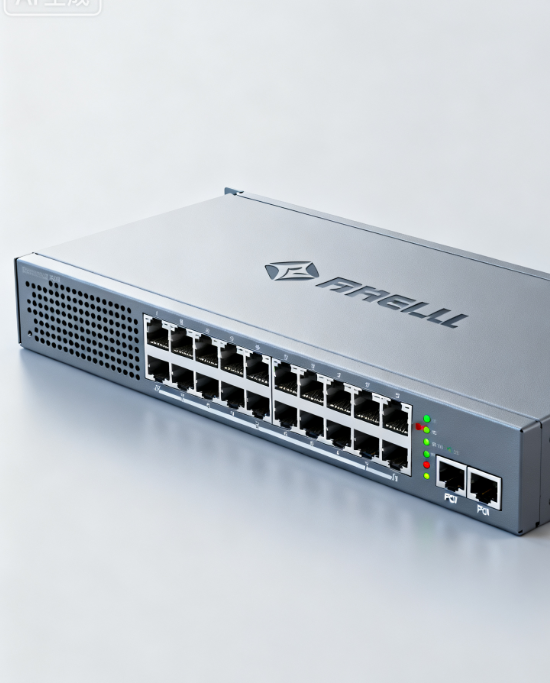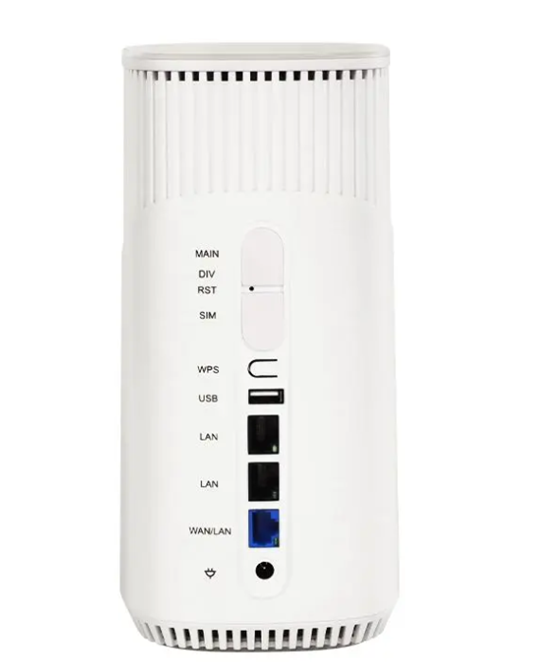-

How to Test the Performance and Reliability of PROFINET Cables?
In modern industrial automation, PROFINET cables form the reliable communication backbone connecting controllers, I/O devices, and field instruments. While selecting the right cable is crucial, testing its performance and reliability is equally important. As industries continue adopting automation to boost efficiency and productivity, the role of these cables becomes e...Read more -

Detailed Explanation of the 4 Types of PROFINET Cables
Industrial automation is the cornerstone of modern manufacturing and production processes, and the importance of reliable communication networks lies at the heart of this evolution. These networks act as crucial data pathways that connect various components of automated systems. One essential element enabling such seamless communication is the PROFINET cable, which is ...Read more -

How to choose between PROFIBUS and PROFINET cables?
Industrial communication networks are the backbone of modern factories and process industries, playing a crucial role in their operation and functionality. From automotive manufacturing plants to complex chemical facilities and advanced robotics labs, the choice of network cables can significantly affect the efficiency and effectiveness of machine communication. A wel...Read more -

Five Major Technologies of LAN Switches
Because LAN switches use virtual circuit switching, they can technically ensure that the bandwidth among all input and output ports is non-contentious, enabling high-speed data transmission between ports without creating transmission bottlenecks. This greatly increases the data throughput of network information points and optimizes the overall network system. This article explains the five mai...Read more -

Hard-plastic-clad fiber: Large numerical aperture design for optimized efficient light collection and short-distance transmission
Hard Plastic Coated Fiber (HPCF) is designed with a focus on maximizing light reception efficiency. Its core feature is a large numerical aperture, with a standard model of 0.39 and customizable options up to 0.48. Numerical aperture is a key parameter measuring a fiber’s light-gathering capability. A higher NA value indicates a broader angle range for light reception, resulting in great...Read more -

Common Issues and Solutions for HDMI Fiber Optic Extenders
HDMI Fiber Extenders, consisting of a transmitter and receiver, provide an ideal solution for transmitting HDMI high-definition audio and video over fiber optic cables. They can transmit HDMI high-definition audio/video and infrared remote control signals to remote locations via single-core single-mode or multi-mode fiber optic cables. This article will address common...Read more -

Detailed Explanation of Absorption Loss in Optical Fiber Materials
The material used to manufacture optical fibers can absorb light energy. After particles in optical fiber materials absorb light energy, they produce vibration and heat, and dissipate the energy, resulting in absorption loss. This article will analyze the absorption loss of optical fiber materials. We know that matter is composed of atoms and molecules, and atoms are composed of atomic nuclei ...Read more -

The “Color Palette” of the Fiber Optic World: Why the Transmission Distances of Optical Modules Vary So Dramatically
In the world of optical fiber communication, the selection of light wavelength is like tuning a radio station—only by choosing the right \”frequency\” can signals be transmitted clearly and stably. Why do some optical modules have a transmission distance of just 500 meters, while others can span hundreds of kilometers? The secret lies in the \”color\” of the light—that ...Read more -

The difference between PoE switches and ordinary switches
In the ever-evolving world of network technology, the choice of switch is crucial to network efficiency and functionality. Among the many types of switches, Power over Ethernet (PoE) switches have garnered significant attention due to their unique features. Understanding the differences between PoE switches and standard switches is crucial for businesses and individua...Read more -

What is the difference between the optical port and the electrical port of a switch?
In the networking world, switches play a vital role in connecting devices and managing data traffic. As technology evolves, the types of ports available on switches have diversified, with fiber optic and electrical ports being the most common. Understanding the difference between these two types of ports is crucial for network engineers and IT professionals when designing and implementing effic...Read more -

The ‘color palette’ in the fiber optic world: why the transmission distance of optical modules varies greatly
In the world of fiber optic communication, the selection of light wavelength is like radio frequency tuning and channel selection. Only by selecting the right “channel” can the signal be transmitted clearly and stably. Why do some optical modules have a transmission distance of only 500 meters, while others can span over hundreds of kilometers? The mystery lies in the ‘color&#...Read more -

How Fiber Optic Reflectors Are Applied in PON Network Link Monitoring
In PON (Passive Optical Network) networks, particularly within complex point-to-multipoint PON ODN (Optical Distribution Network) topologies, rapid monitoring and diagnosis of fiber faults present significant challenges. Although optical time domain reflectometers (OTDRs) are widely used tools, they sometimes lack sufficient sensitivity for detecting signal attenuation in ODN branch fibers or a...Read more

